
All You Need to Know About a Diamonds Variety Before Buying
Don’t overpay. Learn the key differences in diamonds variety—cut, color, carat, and clarity—to find the right diamond for your needs.
Buying a diamond is exciting—but let's be real, it can also feel overwhelming. With so many diamond types and terms thrown around, how can you be sure you're getting your money's worth?
Here's a quick reality check: the sparkle of a diamond is more influenced by its cut and clarity than by its size alone. The cut of a diamond refers to the style or design applied when shaping a diamond for polishing, rather than its actual physical form.
In fact, according to the Gemological Institute of America (GIA), about 30% of diamond buyers overpay simply due to misunderstanding these basic factors. Ouch! But don't worry—we've got your back.
Together, we'll unravel the mysteries of natural, lab-grown (ever heard of Vanniya?), treated, and fancy-colored diamonds. Let's dive in, laugh a little, and save you from diamond-buying regrets.
What Defines a Diamond’s Variety?
Diamonds may look similar, but not all diamonds are the same. The variety of a diamond depends on four main things: color, cut, carat weight, and type.
Each of these affects how the diamond looks, shines, and how much it costs. With all else being equal, a larger diamond is usually more valuable than a smaller one.
As the Gemological Institute of America (GIA) explains, “Even two diamonds with the same carat weight can look completely different if their cuts or clarity grades vary.”
Main Diamond Types You Should Know
1. Natural Diamonds
Natural diamonds are mined from deep inside the Earth. They take billions of years to form and are made from pure carbon under high pressure and heat.
These are the most traditional diamonds used in engagement rings, and they're often seen as precious stones due to their history and natural origin. Natural diamonds are a symbol of luxury and permanence due to their unique geological formation.
But just because they’re natural doesn’t mean they’re perfect. Some have visible inclusions (tiny flaws inside), which can affect how they shine. Others may have lower diamond quality based on the GIA clarity scale.
2. Lab Grown Diamonds
Lab grown diamonds are real diamonds too. They're created in a lab using machines that mimic the Earth’s natural process. These diamonds are manufactured to closely replicate natural diamonds using high pressure and temperature.
The result? A diamond that looks identical to a natural one—but at a lower price. Lab-grown diamonds typically cost between 20% to 40% less than their natural diamond counterparts.
Brands like Vanniya Lab Diamonds use the latest tech to produce diamonds with fewer flaws and strong sparkle. These diamonds often have internally flawless quality and are available in popular shapes like round brilliant, emerald cut, and square or rectangular shape.
What Experts Say: “Lab grown diamonds are chemically and physically the same as mined diamonds,” confirms the Gemological Institute of America.
Vanniya Lab Diamonds: What Makes Them Stand Out?
Varniya Lab Diamonds are a modern brand backed by the trusted legacy of Vummidi Jewellers, established in 1900.
They combine tradition with technology to offer lab-grown diamonds that are chemically, physically, and optically identical to mined diamonds—without the environmental or ethical concerns.
What sets Varniya apart is their commitment to quality, transparency, and sustainability. Here’s why they stand out:
-
Eco-Friendly & Ethical: Created using sustainable methods that reduce environmental impact. Free from the ethical issues tied to traditional diamond mining. Appeals to socially conscious and eco-aware consumers.
-
Certified Quality: Every diamond is certified by IGI (International Gemological Institute) or SGL (Scientific Gemological Laboratory). High clarity and internally flawless options available. Jewelry features popular cuts like round brilliant and emerald cut.
-
Customer-Centric Policies: Worldwide, insured shipping ensures secure delivery. Lifetime exchange offered at 80% of current market value. Easy return and transparent policies build buyer trust.
3. Treated Diamonds
Treated diamonds are real diamonds that go through special processes to improve how they look. These treatments can enhance their appearance, clarity, and color, making a dull stone look brighter, whiter, or more colorful.
Treated diamonds undergo various industry accepted treatments to enhance their appearance, clarity, and color.
Some diamonds are treated using high pressure and heat, while others are filled with a material to hide cracks—this is called fracture filling.
You might find yellow diamonds or blue diamonds that started as pale or unclear but became prettier after treatment. These diamonds are often more affordable, but it’s important to know what you’re getting.
What you need to know:
-
Treated diamonds are real, but they’ve been changed.
-
Always ask for a diamond grading report to see what kind of treatment it had.
-
They can still look stunning but won’t hold value like natural diamonds.
4. Synthetic Diamonds
Synthetic diamonds are made in a lab—but they are still real diamonds. They have the same look, crystal structure, and sparkle as natural ones. The only difference is they’re made faster, with machines. These are not to be confused with fake or imitation stones.
Synthetic diamonds are part of the diamonds variety you’ll see when shopping. They’re often clear, strong, and even internally flawless.
Why people love them:
-
They’re cheaper than natural stones.
-
They don’t harm the earth or involve mining.
-
Many have higher diamond quality than most diamonds found in stores.
Type Ia, Ib, IIa, IIb Diamonds: What Sets Them Apart
1. Type Ia Diamonds – The Most Common
Most diamonds in the world are Type Ia. These diamonds contain nitrogen atoms grouped together inside the stone. This makes them appear yellowish or light brown.
-
What you should know:
-
Make up over 95% of natural diamonds.
-
Often found in everyday jewelry and engagement rings.
-
Typically have some visible inclusions.
2. Type Ib Diamonds – Rare and Bright
Type Ib diamonds are extremely rare, making up less than 0.1% of natural diamonds. The nitrogen in these diamonds is scattered instead of grouped. This gives them intense color—usually yellow, orange, or even brown. Natural fancy color diamonds are rarer than colorless diamonds and command higher prices.
Type Ib diamonds are extremely rare, making up less than 0.1% of natural diamonds. The nitrogen in these diamonds is scattered instead of grouped. This gives them intense color—usually yellow, orange, or even brown.
-
Key traits:
-
Found in some fancy colored diamonds.
-
More likely to have bright, deep hues.
-
Sometimes used in collectible or valuable diamonds.
3. Type IIa Diamonds – Pure and Clear
Now we’re talking about top-tier stones. Type IIa diamonds have almost no nitrogen impurities. That makes them the most chemically pure type of diamond. Because of that, they’re often colorless diamonds with amazing clarity. These diamonds are the rarest and most valuable due to their brilliance.
-
Why they matter:
-
Frequently used in flawless diamonds or those with higher clarity grades.
-
Known for having fewer natural imperfections.
-
Found in historic pieces like the Cullinan and Koh-i-Noor diamonds.
Colored Diamonds Variety – From Rare to Radiant
1. Blue Diamonds
Blue diamonds are one of the most extremely rare types of natural diamonds. Their blue color comes from the presence of boron, not nitrogen.
Type IIb diamonds, which contain boron in addition to carbon, can conduct electricity and appear bluish. These diamonds are often found in places like South Africa and can cost millions of dollars.
Why they stand out:
-
Known for their elegant blue gray tinge.
-
Some famous ones, like the Hope Diamond, are historic and priceless.
-
Often part of the natural fancy color diamonds group.
2. Green Diamonds
Green diamonds are also rare but have a completely different story. Their color comes from natural radiation over thousands of years. The shade can range from light mint to deep forest green.
Key features:
-
Color is often just on the surface, not throughout.
-
Can be both natural colored diamonds or treated diamonds.
-
Often cut into a rectangular shape or emerald cut to show off the color.
3. Pink Diamonds
Pink diamonds are known for their soft and romantic appearance. Unlike others, their color likely comes from a twist in the crystal lattice during formation—not from chemical elements.
Why they’re loved:
-
Found mostly in Australia’s Argyle Mine.
-
Highly prized in engagement rings and luxury collections.
-
Their price has soared in recent years due to mine closures.
4. Yellow Diamonds
Yellow diamonds are bright and joyful. Their color comes from nitrogen atoms inside the stone. These atoms absorb blue light, leaving behind a yellow shine.
Why people love them:
-
They come in shades from light yellow to intense yellow.
-
Some are natural; others are treated diamonds.
-
They’re more affordable than pink or blue diamonds.
Quick facts:
-
Light tones may be called pale yellow or light yellow diamond.
-
Bright ones can be part of the natural fancy color diamonds group.
-
A well-cut yellow diamond can look bigger and bolder than a white one.
5. Black Diamonds
Black diamonds are bold, edgy, and growing in popularity. But they’re different from other diamonds. Their black color comes from many natural inclusions, or sometimes from fracture filling and high pressure treatments.
What to know:
-
Many black diamonds are treated to make their color look even.
-
Natural black diamonds may show some visible inclusions.
-
Their dark tone hides flaws well, which is why they’re often found in fashion pieces.
Bonus tip:
-
A larger stone in black often costs less than a white one.
-
Pairs well with white diamonds for modern styles.
6. Natural Colored Diamonds (Fancy Colored)
This group includes rare colors like orange, red, purple, and gray. These diamonds are known as fancy colored diamonds or natural colored diamonds. They are highly coveted and exhibit a wide range of vibrant hues due to trace elements during formation.
Here’s why they’re special:
-
They form under unique conditions that affect their crystal structure.
-
The color is natural—not added.
-
Rarity makes them very valuable diamonds.
Examples include:
-
Type IIb diamonds (blue)
-
Pink diamonds with distorted crystal lattice
-
Gray stones with nitrogen impurities and natural brilliance
| Color Grade | Description | Visible Color | Quality Level |
|---|---|---|---|
| D | Colorless | None | Highest |
| E–F | Near Colorless | Virtually invisible | Excellent |
| G–H | Near Colorless | Slight warm tint | Very Good |
| I–J | Near Colorless to Faint Tint | Slightly noticeable | Good |
| K–M | Faint Yellow | Noticeable warm tone | Fair |
| N–R | Very Light Yellow | Clearly visible tint | Low |
| S–Z | Light Yellow to Yellow | Strong color presence | Lowest |
Diamond Shapes and Cuts – What to Look For
1. Round Brilliant Is the Classic Sparkler
The round brilliant cut is the most popular diamond shape out there—and for good reason. It’s known for its unbeatable sparkle and clean look. Some common diamond shapes include Round Brilliant, Princess, Cushion, Emerald, and Pear.
The round brilliant cut is the most popular diamond shape out there—and for good reason. It’s known for its unbeatable sparkle and clean look.
-
Why people love it:
-
It reflects more light than other cuts.
-
Hides visible inclusions well.
-
Works great with high diamond quality grades.
2. Emerald and Rectangular Shapes Offer Elegant Clarity
Emerald cut diamonds have a long, sleek design with large flat facets. They’re often used in a rectangular shape that shows off the diamond’s inside. Emerald cuts show off a diamond's clarity rather than its sparkle.
-
What you should know:
-
Ideal for showing off a clean crystal structure.
-
You can see flaws more easily, so go for higher clarity grades.
-
They make your fingers look longer and slimmer.
3. Elongated Shapes Make Fingers Look Slimmer
Elongated shapes like oval, marquise, and pear cuts stretch out across your finger. These shapes are perfect for those who want the illusion of a larger stone.
-
Why it matters:
-
Great value per carat weight.
-
Elongated cuts are great for engagement rings.
-
Many people say they feel more elegant wearing them.
-
Don’t miss:
-
Check for diamond grading and symmetry.
-
Avoid poorly cut diamonds—they can ruin the look.
4. Princess Cut: Modern, Bold, and Budget-Friendly
The princess cut is square, stylish, and sparkly. It’s great if you want a modern feel without spending too much.
-
Why it works:
-
More affordable than a round brilliant diamond of the same carat weight.
-
The sharp corners and facets help it shine brightly.
-
It’s one of the most popular square cuts in the diamond industry.
5. Cushion Cut: Vintage Feel with Soft Edges
This shape is square or slightly rectangular with rounded corners. It looks soft and romantic—like a pillow (hence the name "cushion").
-
Why it’s loved:
-
It gives an old-world charm that never goes out of style.
-
Works well for both natural diamonds and lab grown diamonds.
-
It’s also used in many antique-style engagement rings.
6. Asscher Cut: Step-Cut Elegance
The Asscher cut is like an emerald cut, but it’s more square and has more sparkle. Its step-cut design draws your eye inward.
-
Why people pick it:
-
Clean lines highlight the diamond’s internal clarity.
-
Best when paired with higher diamond quality grades.
-
Looks amazing in art-deco-style jewelry.
-
Quick facts:
-
Pair with rounded corners or bezel settings to protect the edges.
-
Make sure the cut shows off the colorless counterparts nicely.
7. Heart-Shaped Diamonds: Symbolic and Sentimental
A heart-shaped diamond is perfect if you want to show love in a big way. It’s often used in promise rings or engagement rings.
-
Why you’ll love it:
-
It stands out. You don’t see heart shapes every day.
-
It’s ideal for romantic gifts.
-
Best in larger sizes like one carat or even three quarter carat to show the shape clearly.
-
Tips:
-
Look for great symmetry. Both halves should look even.
-
Heart-shaped diamonds may show more flaws, so check it under the naked eye.
8. Radiant Cut: The Best of Both Worlds
The radiant cut combines the sparkle of a round diamond with the elegance of a rectangle. It’s full of brilliance and great for all settings.
-
What makes it great:
-
Works well with all diamond colors.
-
Hides flaws better than some other cuts.
-
Ideal for both natural diamonds and lab grown diamonds.
Use this cut if you want something bold and modern. It’s also great for those who love a bit of drama without going too far.
9. Marquise and Pear: Maximize Carat Visual Size
Want your diamond to look bigger than it is? These cuts are made for that. Both the marquise and pear shapes stretch out the diamond’s surface area.
-
Why they shine:
-
Elongated shape makes fingers look slimmer.
-
You get more size per carat weight.
-
Pear cuts mix round and pointy edges for a teardrop look.
-
What to watch for:
-
Make sure the point is protected to prevent chipping.
-
Avoid poorly cut diamonds that bow in the middle (called a "bowtie effect").
10. Oval Cut: Classic but Unique
Oval-cut diamonds are a top pick in today’s diamonds variety because they blend timeless style with a fresh look. They’re shaped like a stretched-out circle, which gives them a soft, elegant feel.
What’s great? An oval cut can make your finger look longer and slimmer. It also gives you more surface area, so even a one carat diamond looks bigger than a round one.
This cut hides visible inclusions well, which is perfect if you're shopping for clarity on a budget. It also offers the sparkle of a round brilliant cut but stands out for being different.
-
Quick facts:
-
Great option if you want a perfect diamond look at a lower price.
-
Popular in engagement rings for its romantic shape.
-
Looks amazing in both modern and vintage settings.
Carat Weight and What It Really Means
-
0.50 carat: A half carat diamond is small but sparkly. It’s great if you want something elegant and budget-friendly. With a good cut, even smaller diamond types can shine like a star. This size is often used in solitaire pendants or delicate engagement rings.
-
0.75 carat: This is a sweet spot—larger than a half carat but not too big. Many buyers pick this size for a balanced look and feel. According to the GIA, proper diamond grading helps 0.75 carat diamonds stand out in clarity and brilliance.
-
0.90 carat: This one's close to one carat, but more affordable. It often looks just as big to the naked eye. Choosing a high-clarity stone at this weight can make it feel like a perfect diamond.
-
1.00 carat: A 1.00 carat diamond is a classic choice. It weighs exactly 200 milligrams. For many, this is the "sweet spot" where size and sparkle meet value. A well-cut colorless diamond in this size can look bright and beautiful, even without a large setting. Most diamond types in this range offer great brilliance, especially round and oval cuts.
-
1.25 carat: This size gives a slightly larger look without a big jump in price. You get more surface area, and depending on the diamond cuts used (like cushion or emerald), it can look even bigger. It's a smart pick if you want your diamond to stand out without being too flashy.
-
1.50 carat: At this point, diamonds begin to look noticeably larger. This size is popular for those wanting a bold but elegant style. However, the carat weight isn’t the only thing that matters. Diamonds with poor cut or too many flaws may not shine as much. That’s why understanding the physical and chemical attributes is key.
-
2.00 carat: A 2.00 carat diamond is big and rare. But not all 2.00 carat diamonds are created equal. You still need to check clarity, color, and cut. A diamond name might sound fancy, but focus on the GIA report to ensure you're getting quality. This size is perfect if you want a perfect diamond look—just remember, bigger isn’t always better unless it’s well-cut.
Which Diamonds Variety Works Best for Engagement Rings?
Most people go for natural diamonds. They’re timeless, valuable, and known for lasting forever. But many now choose lab grown diamonds too. They look the same but cost less and are better for the environment.
If you love sparkle, round and princess diamond cuts give off the most light. Want something bold? Try emerald or cushion shapes. These cuts are great for showing off the stone’s inner clarity.
Some couples love colorful options. Pink, yellow, and even black diamonds are part of the types of diamonds used today. Each adds a personal touch. Color is usually the first thing you notice with a diamond, and the perfect color for a diamond is a matter of personal taste.
Thinking of proposing? Get the perfect diamond with zero mining guilt. Start here
Common Mistakes to Avoid When Buying Diamonds
1. Overlooking Diamond Grading Reports
-
A grading report tells you the diamond’s quality. It’s like a report card. Always ask for one from trusted sources like the Gemological Institute of America (GIA). This helps you classify diamonds properly and know if it’s a good buy.
-
Diamonds are graded by color alphabetically from D to Z, where D is colorless and Z is heavily tinted.
-
Some diamond names sound fancy but may not mean much. A grading report will show the truth.
2. Overlooking Visible Inclusions
-
Some diamonds have marks or spots inside them. These are called visible inclusions. Don’t just look at a diamond in store lights. Use a magnifier or ask to see it under normal light. You want a stone that looks clean to the naked eye.
-
“Many buyers focus too much on size and forget clarity,” says GIA expert James Shigley.
3. Not Considering Diamond Appearance in Real Light
-
Every diamonds variety reflects light differently. Some may shine more in sunlight, while others sparkle under indoor lights.
-
Type II diamonds, for example, are very clear and rare. But not all of them shine the same. Always view the diamond in different lights before buying.
4. Falling for Fancy Names or Sales Tricks
-
There are many types of diamonds—natural diamonds, lab-grown, treated, and more. Some sellers use creative terms to upsell you.
-
Don’t get confused by names. Know what you’re paying for. Learn about the diamond types and check the specs.
FAQs
-
What are the top 10 rarest diamonds?
Some diamonds are so rare, you might never see them in person. The rarest types of diamonds include red, violet, blue, green, and pink diamonds. These are part of the colored diamonds category and are valued for their intense, natural hues.
The blue diamond and the green diamond are especially rare and often make headlines when sold. The Hope Diamond and Moussaieff Red are famous examples. They belong to an exclusive diamonds variety that collectors seek out. -
Are lab grown diamonds considered real diamonds?
Yes, they are! Lab grown diamonds have the same physical and chemical structure as natural diamonds. They are made using high heat and pressure in labs, just like how diamonds form underground. Even experts need special tools to tell them apart.
Lab diamonds are more affordable, and they’re eco-friendly too. Many shoppers today choose them for engagement rings and fine jewelry. -
Are colored diamonds more expensive than colorless ones?
They can be. It depends on the color, rarity, and size. A colorless diamond is usually cheaper than a strong pink or blue one. But a diamond with just a slight yellow tint might cost less than a flawless white diamond.
The price also depends on other factors like carat weight and cut. Some types of diamonds—like vivid pinks or intense blues—can sell for millions. -
Is it true that not all diamonds are flawless?
That’s right. In fact, not all diamonds are perfect. Many have tiny marks called inclusions or surface flaws. Most people can't see them without magnification. These flaws are used to grade diamond quality.
Even within the same diamonds variety, quality can vary a lot. That’s why it's important to check a diamond grading report before you buy.
Choosing the right diamond doesn’t have to be confusing. Once you understand the diamonds variety, grading reports, and what truly affects value—like cut, clarity, and carat weight—you’ll shop with confidence. Whether you go for natural diamonds, lab grown, or fancy colored stones, the best diamond is the one that fits your style, budget, and values. Do your research, ask the right questions, and trust your eye.


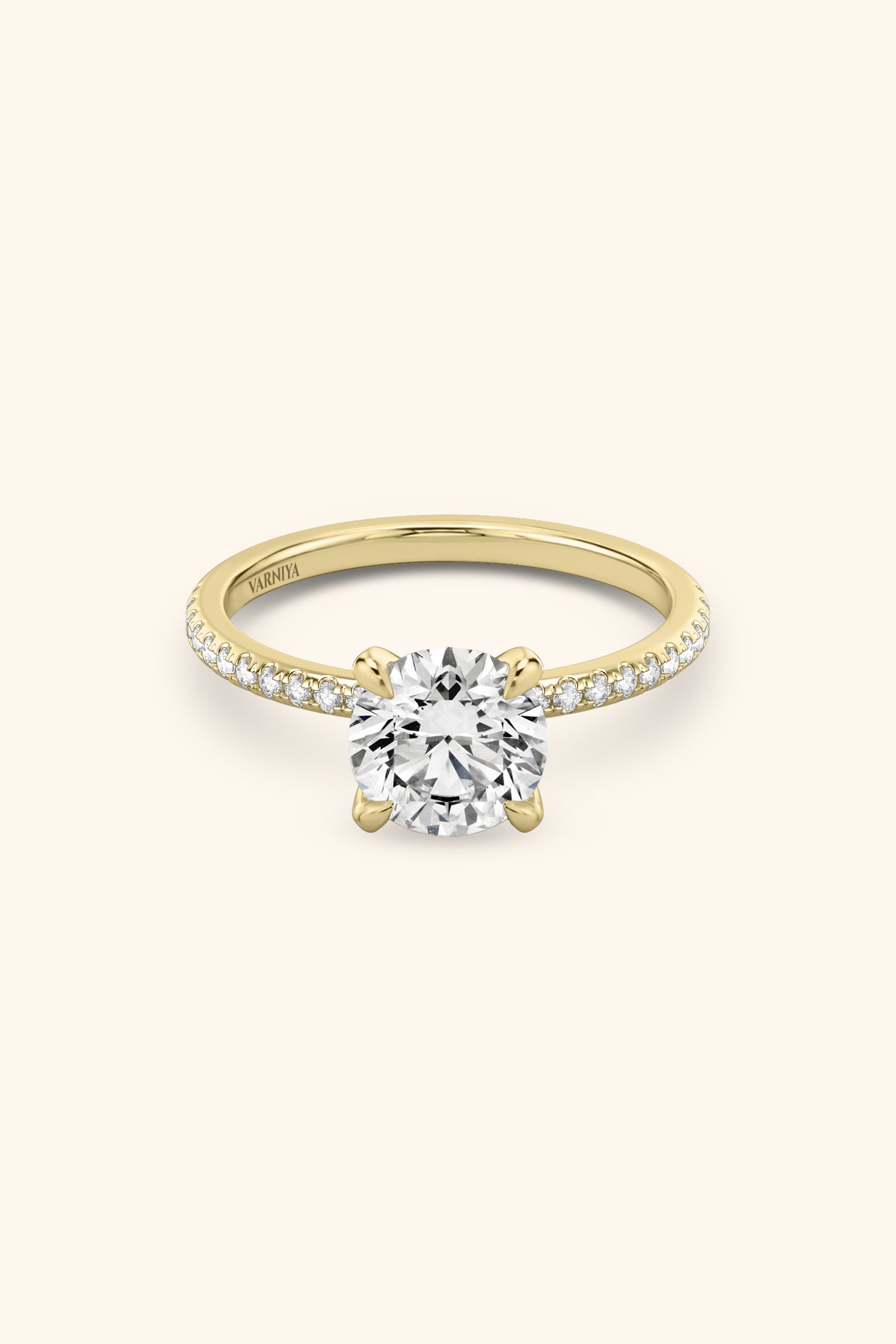
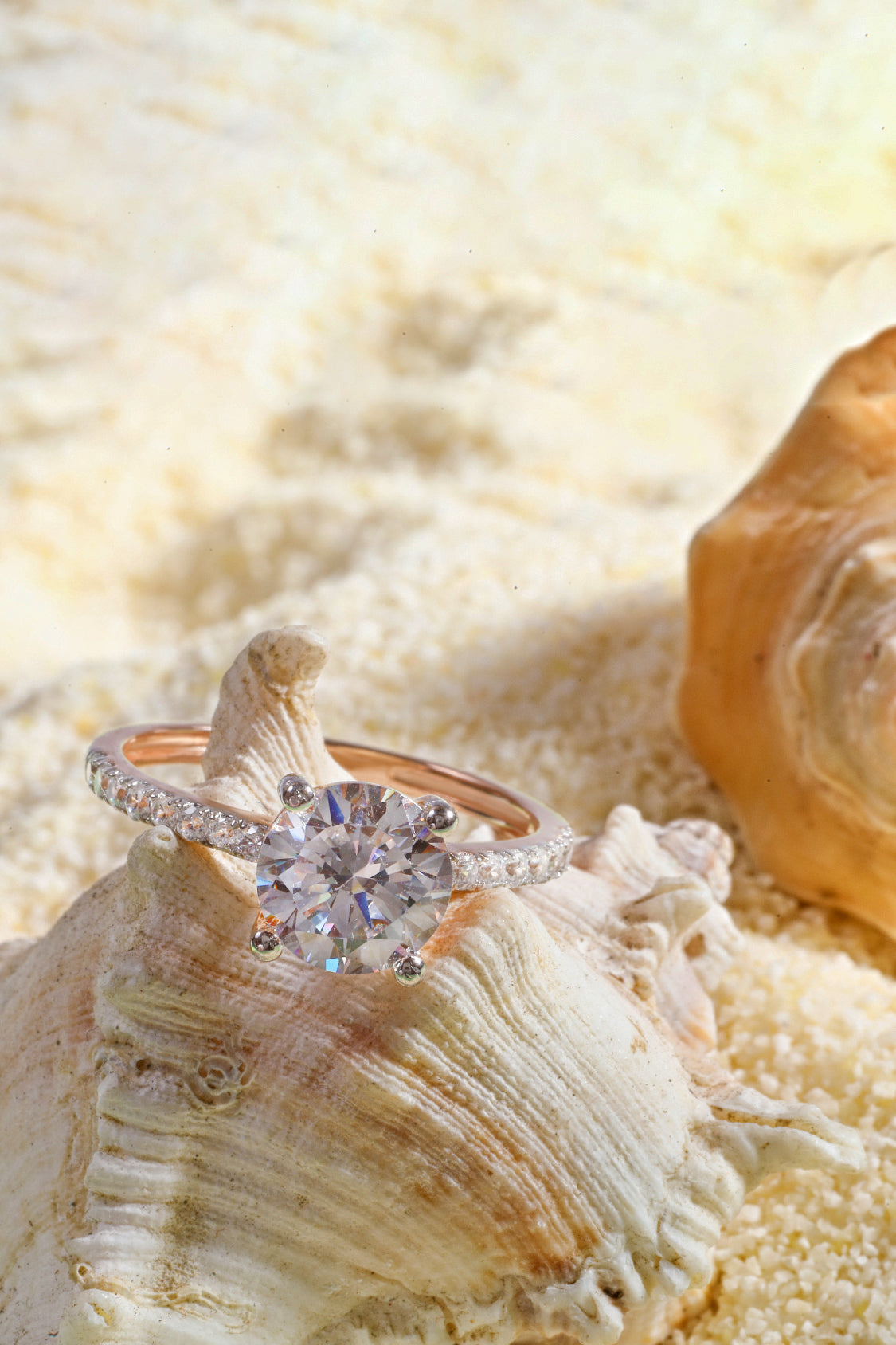
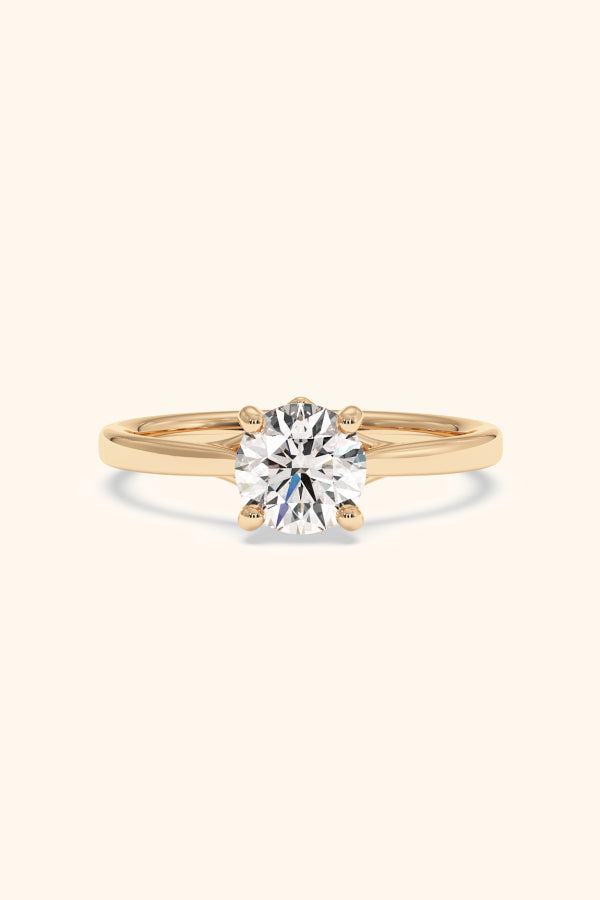
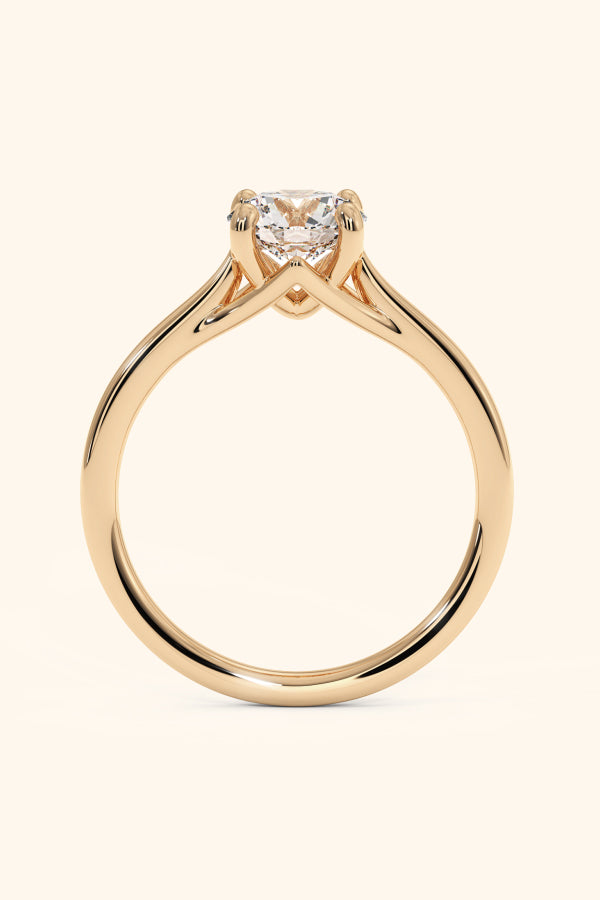
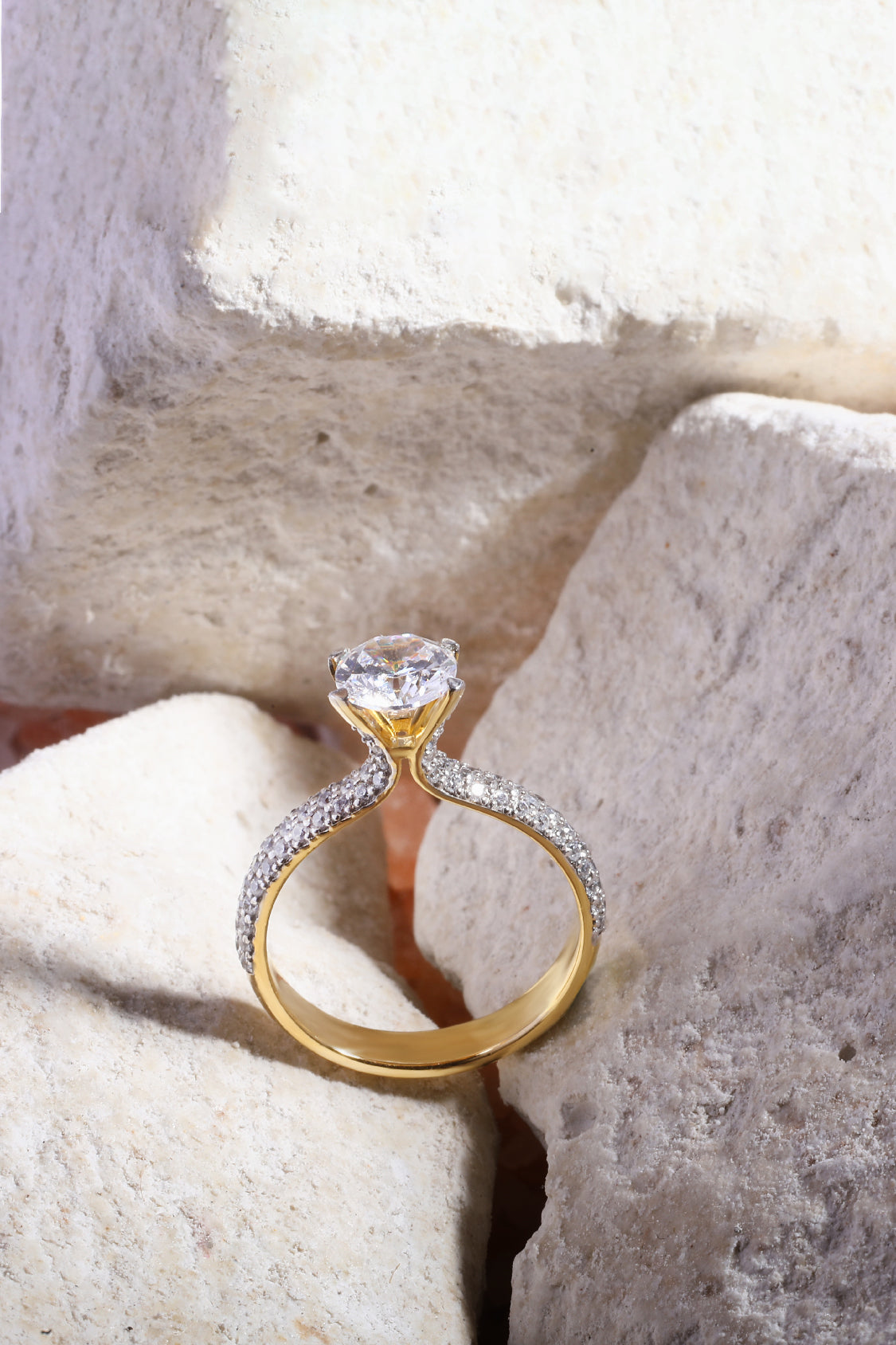


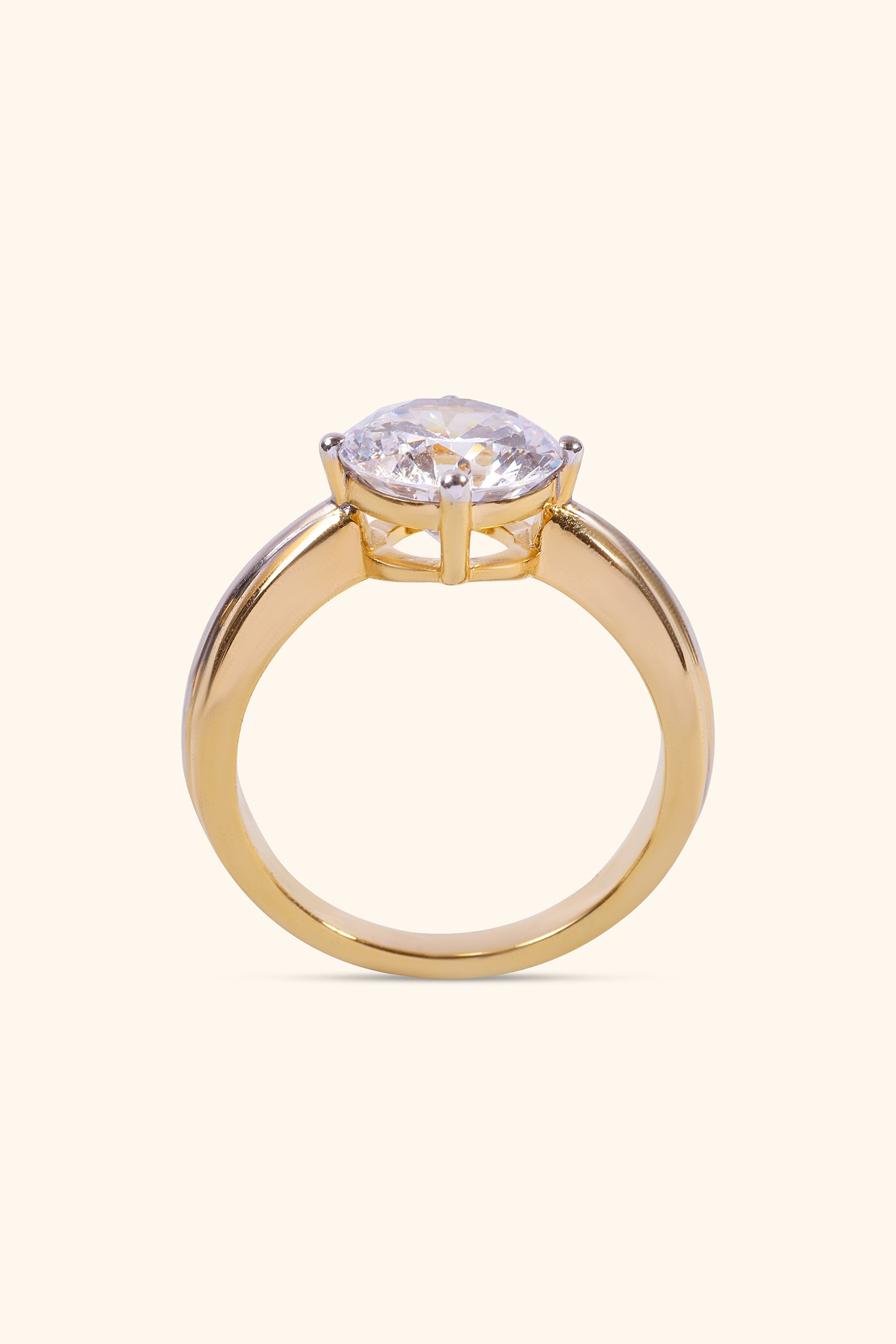
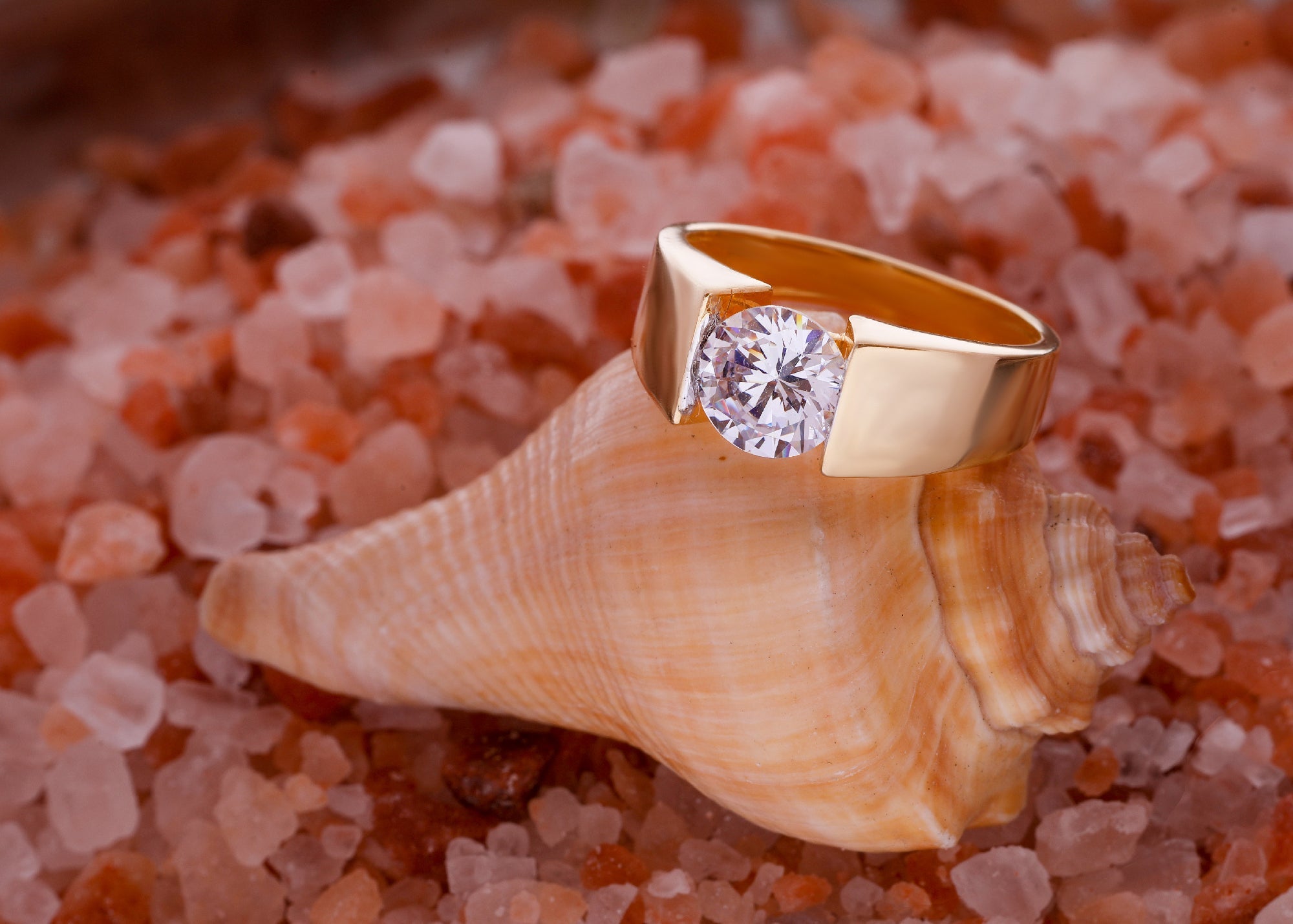
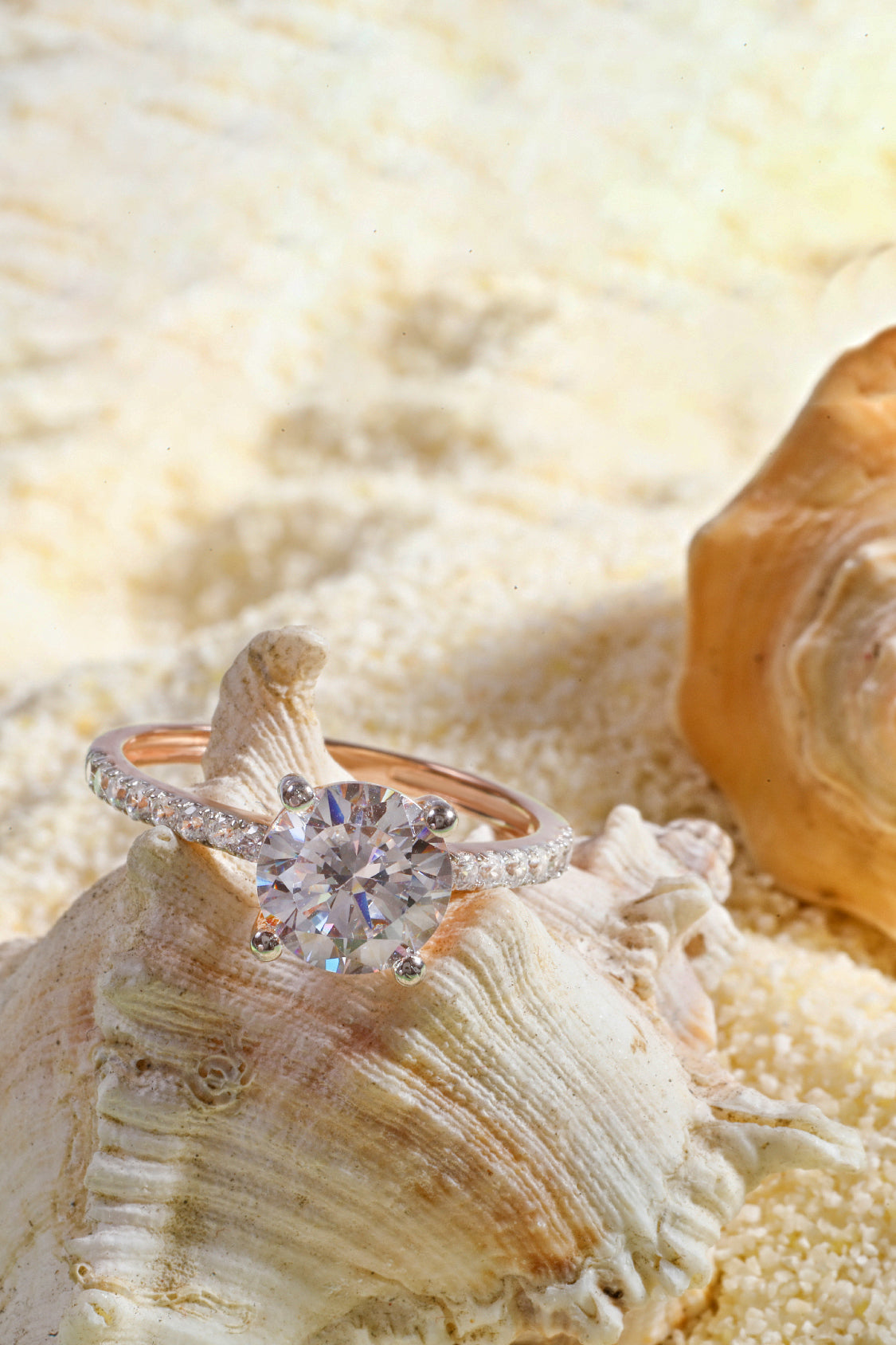
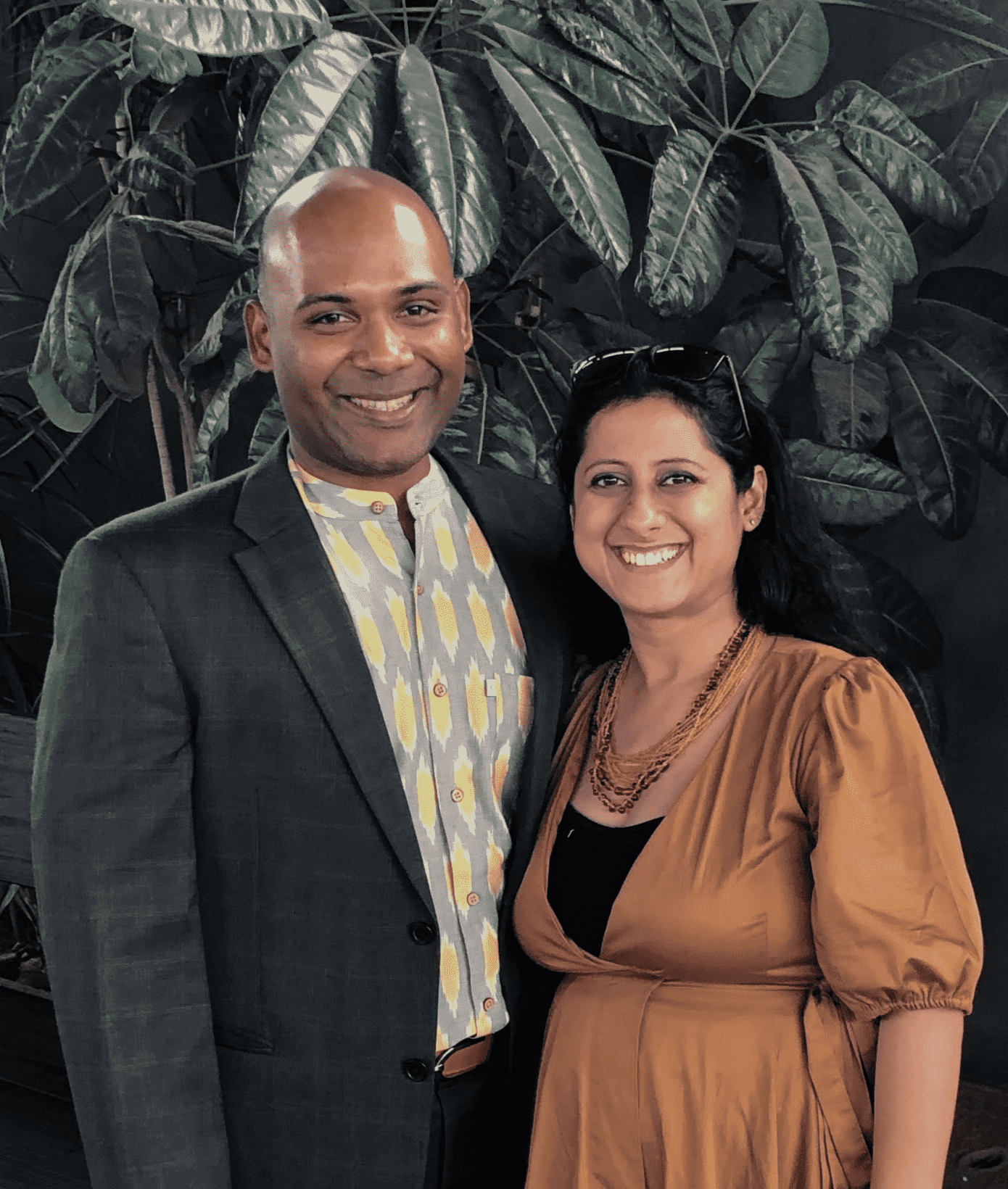
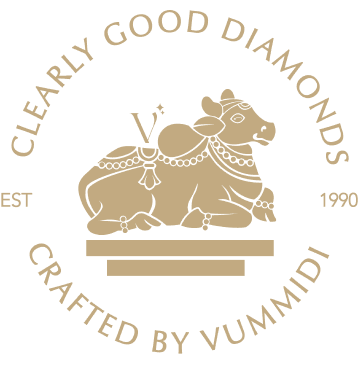



Leave a comment
This site is protected by hCaptcha and the hCaptcha Privacy Policy and Terms of Service apply.